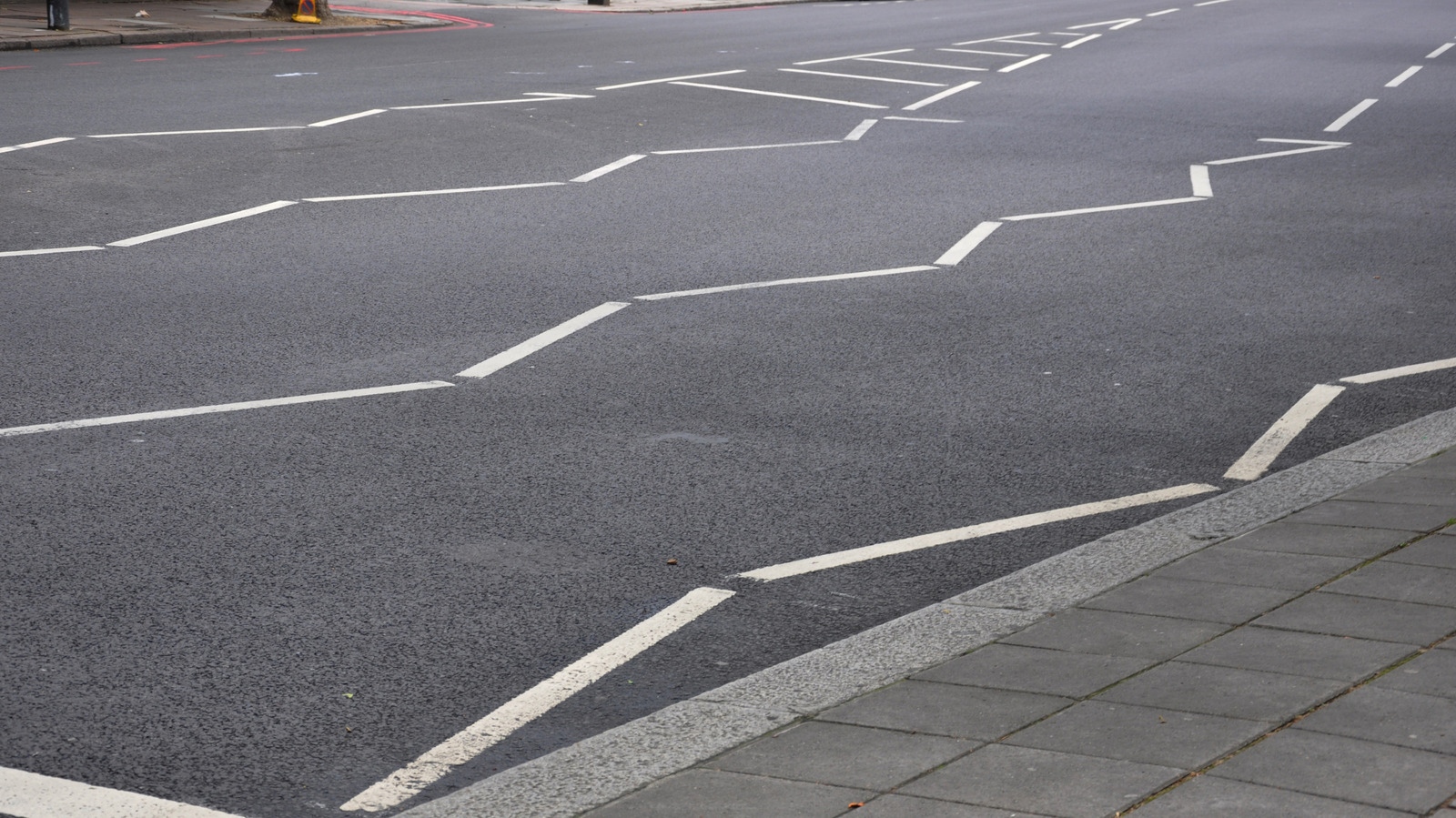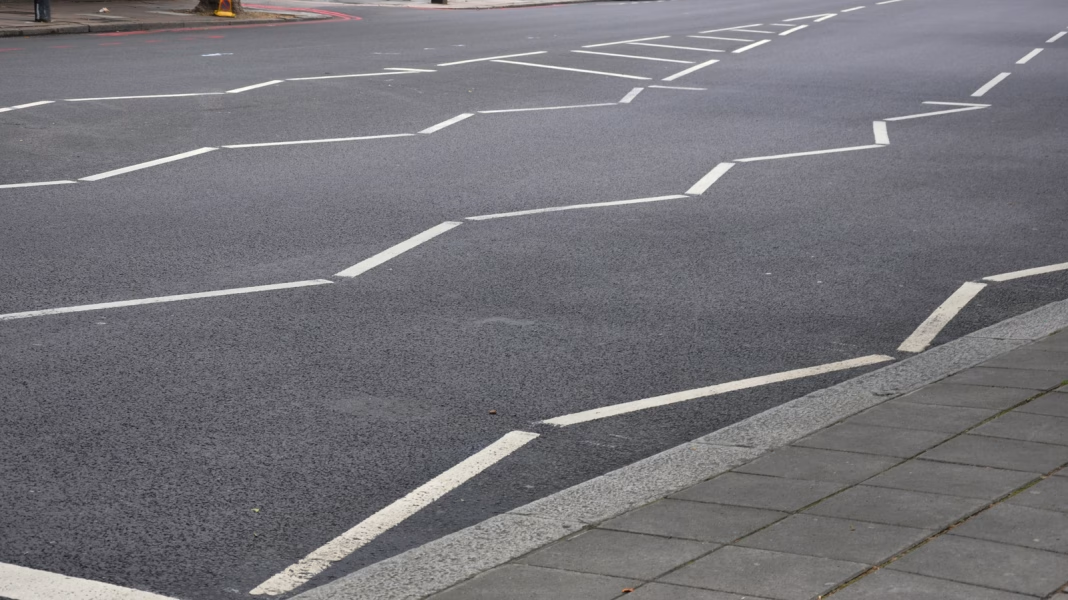Ever found yourself driving in the UK and noticed those peculiar zigzag lines leading up to intersections? At first glance, they might seem like an artistic touch, but there’s a lot more to them than meets the eye. These markings serve a crucial purpose in enhancing road safety, particularly for pedestrians and cyclists.
Understanding the Purpose of Zigzag Lines
So, what’s the deal with these zigzag lines? In the UK, they’re designed to indicate areas where parking is prohibited. This is particularly important near schools, pedestrian crossings, and other high-traffic areas. The idea is to keep these zones clear to ensure that visibility is maximized for everyone on the road. When cars park too close to intersections, they can obstruct the view for drivers and pedestrians alike, leading to potentially dangerous situations.
Imagine a child trying to cross the street. If a car is parked right at the corner, it could block the view of oncoming traffic, making it difficult for the child to see if it’s safe to cross. Those zigzag lines are there to remind drivers to keep the area clear, allowing for safer navigation for everyone involved.
The Impact on Road Safety
Research has shown that clear sightlines at intersections significantly reduce the likelihood of accidents. According to a study by the UK Department for Transport, areas with proper road markings and clear visibility have seen a decrease in collision rates. This is especially true in urban areas where pedestrian and vehicle traffic is high. The zigzag lines are a simple yet effective measure to enhance safety, making them an essential feature of British road design.
Real-World Examples of Effectiveness
Take a look at any busy school zone in the UK, and you’ll likely see these zigzag lines in action. Schools often have designated times for drop-offs and pick-ups, and during these periods, the roads can become congested. By enforcing no-parking zones with these markings, schools can create a safer environment for children. In fact, many schools report fewer near-misses and accidents since implementing these measures.
Moreover, these lines are not just limited to school zones. You’ll find them near hospitals, busy shopping districts, and other places where pedestrian traffic is heavy. The consistent application of these markings across various settings reinforces their importance in maintaining safety on the roads.
What About Other Countries?
Interestingly, not all countries employ similar strategies. In the U.S., for instance, while there are regulations about parking near intersections, the visual cues like zigzag lines are less common. Instead, many American roads rely on signage to convey similar messages. This difference highlights how road safety measures can vary significantly from one country to another, often shaped by local traffic patterns and cultural attitudes toward driving.
Adapting to the Zigzag Lines
If you’re planning a trip to the UK or just curious about driving there, it’s essential to adapt to these road markings. Always be mindful of the zigzag lines and respect the no-parking zones they indicate. Not only does this help keep the roads safer for everyone, but it also shows respect for local traffic laws.
The big takeaway? Those zigzag lines aren’t just quirky decorations; they’re a vital part of road safety in the UK. By keeping these areas clear, we can all contribute to safer streets. So, the next time you see those lines, remember—they’re there for a reason, and respecting them can make a world of difference.


